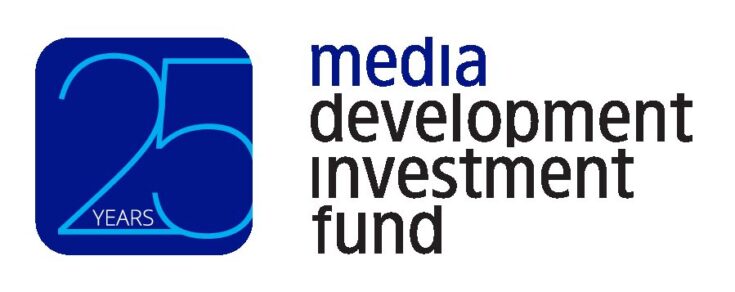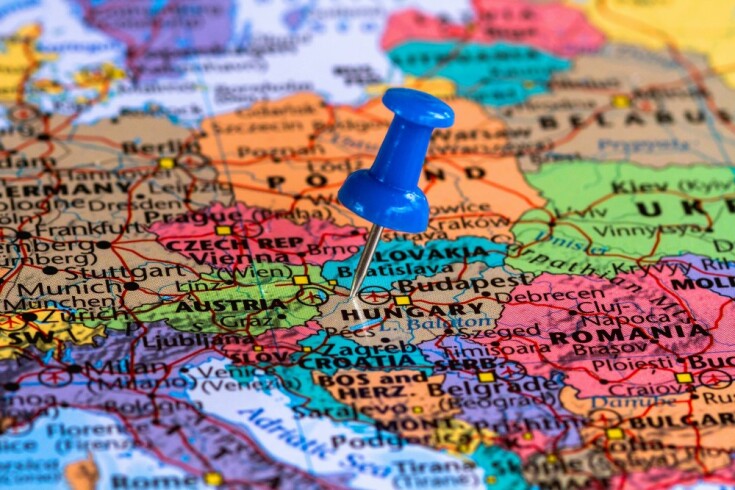By Snezana Green, Senior Legal Counsel.
March 24, 1999 was not an ordinary day for Serbian media. Only hours after NATO announced that it had given the command for airstrikes to commence in the night of 23 March, the Milosevic regime closed Radio B92, an independent media flagship, and arrested its editor-in-chief, Veran Matic. Over the coming weeks, a dozen independent media were shut down by the authorities, while many made the difficult decision to close voluntarily to avoid the government’s requirement to rebroadcast the regime’s propaganda. Many independent journalists were arrested for ‘spreading false news’ and one journalist, Slavko Curuvija, was gunned down in a planned assassination in front of his home in broad daylight on April 9, 1999.
Fast forward 22 years and, after a short period of progress and partial reforms, the media environment is again deteriorating sharply as methods of suppressing free speech have graduated from heavy-handed interference in individual outlets to the implementation of calculated strategies to silence independent news and critical debate. As powerful forces once again move not to free but to capture media, Serbia’s independent voices have shrunk once again.
What is media capture?
Media capture is a situation where the media are controlled directly by governments, vested interests or, most often, a combination of both. These partisan interests pursue media for political influence rather than profit, and it creates a situation in which an unaccountable regime can flourish.
In a 2019 report authored by Europe’s leading expert on media capture and published by MDIF, Marius Dragomir identified four major elements: (1) capture of the media regulator; (2) control of the public service broadcaster; (3) use of state financing as a control tool; and (4) ownership control.
How it plays out
The first and second steps start in parliament. In most cases, soon after a nationalistic, authoritarian-leaning political party comes into majority power, it introduces laws taking control of the body that is charged with supervising and regulating the media sector. Next, the public service broadcaster becomes a target. Laws are drafted to undermine the building blocks of the independence of these institutions, primarily their legal and governance structure, appointment of key staff and financing.
Once these institutions are weakened, the actions progress to a third stage: the widespread abuse of state financing as a control tool to reward pro-government voices and silence critique. This is so called ‘soft’ economic pressure, or ‘soft censorship’.
Finally, if any critical voices remain, the focus turns to taking control of the editorial line of these media outlets via ownership. Targets are quite often not only media, but the infrastructure supporting carrying the news, such as distribution channels and cable operators. Other services supporting the news sector, such as advertising, also become a target.
There is no one-size-fits-all recipe for media capture; rather these steps are a pattern found in countries that share similar media systems. In countries whose media have enjoyed relative freedom, steps commonly appear in the order outlined above. In countries that have not fully completed the transition from state to public media and have retained high media ownership concentrations (either in private or state hands), the third and fourth stages of capture will be dominant.
Common denominator: intent
Common to all four steps leading to media capture is underlying intent. The goal is for political and other interest groups to take control of the editorial narrative and, by doing so, impact public discourse and ensure their remaining in power.
Each of these steps indicates a progressive decrease in media pluralism and media freedoms – even though they may remain enshrined in high-level legislation or policies as a silent witness to the destruction of the democratic ecosystem.
All eyes on Europe
As many countries across the globe embraced the liberalisation of the media sector in the 1980s and 1990s, Europe’s media frameworks birthed some of the most crystallised safeguards governing the transition from state-control to media operating in the public interest (the public service media model) and for creating independent media regulators.
But in the last decade, its newest democracies have rolled back many of these achievements. The continent is providing textbook examples of media capture unfolding in real time, notably in Central and Eastern Europe, where building independent media institutions are in crisis.
Step 1: Regulatory capture
Media is a regulated industry, in particular broadcasting, in large part due to its capacity to influence public discourse. For that same reason, the independence of regulatory authorities is crucial and European institutions have been at the forefront of setting standards for decades.
Media regulators are powerful bodies. They shape the sector’s regulation and act as gatekeepers for market entry and remaining on the market. As Center for International Media Assistance (CIMA) Senior Director Mark Nelson pointed out,: “Independent regulatory institutions are as important to the media environment as independent central banks are to the monetary system.”
But it was not until 2018 that a legal obligation was imposed on EU member states requiring them to set up a media regulatory authority that is legally (de jure) distinct and functionally (de facto) independent from the respective governments. By that time, however, evidence of both de jure and de facto regulatory capture were already on the rise in several EU member states, most notably Hungary and Poland.
In Hungary, in the same year in which the Fidesz party secured a landslide victory in the parliamentary elections of 2010, a media bill was introduced setting up a “super regulator”, the National Media and Info-communications Authority (Media Authority), granting it extensive powers over all media platforms, including the printed press, radio, television and online media, as well as electronic communications and postal services. The president of the Media Authority is in effect “a political appointee holding extensive and concentrated powers for nine years over all regulatory, senior staffing, financing and content matters across all media sectors”. A regulatory framework was also set up so that its Council could be nominated and elected in a partisan manner resulting in a lack of independence from political control.
Following Hungary’s lead, in Poland a year after the Polish Law and Justice (PiS) party won the 2015 parliamentary election with an outright majority, its Parliament (Sejm) adopted legislative changes introducing a new regulator, the National Media Council. Out of the five members of the new Council, three would be chosen by the Sejm and two by the President from a pool of candidates proposed by opposition parties. The governing structure was therefore set up for capture by majority governing parties. Moreover, the new regulator also took over part of the existing regulator’s (KRRiT) role in supervising and appointing the governing Boards of Polish public service media. This neatly sidestepped the legal framework that protected KRRiT’s independence – creating a new regulator was a simple and effective way to achieve step 2 of the capture playbook and take the reins of public service broadcasters.
Step 2: Control of public service media
The wellbeing of public service broadcasters (PSB), or its modern day counterpart multi-platform public service media (PSM), has been at the forefront of European policy for several decades, evidenced by a long list of recommendations issued by the Council of Europe as early as 1975. The continent also gave birth to the BBC in 1926, which is often considered to be the benchmark for PSB. In reality, however, PSB / PSM systems in Europe vary significantly in many aspects, such legal structure, financing and reach, primarily because they are built on the pre-existing political, historical and societal systems.
These underlying factors are the main reason that the transposition to the PSB model in post-Communist countries of Central and Eastern Europe has run into a major difficulties. Even though these countries embraced the PSB model as part of the broader political change and transition to democracy, they failed to radically distance public service operators from government and political control. PSBs were easy prey for forces that were unwilling to let go of tools that shape public opinion.
This is most visible in countries whose public service media had high reach and therefore were more likely to be subjected to political pressure, such as in Hungary and Poland. As discussed in Step 1, the governing structure of the media regulator in these countries was intentionally set up to make it easier to place the public broadcaster under the supervision of capture-prone regulators. In Hungary, the appointment of key PSM staff, its funding and content production were (directly or indirectly) placed under the control of the Media Authority. In Poland, as soon as new regulator came into existence, key staff of the PSBs were replaced and many journalists were laid off, some after 20 years of working in public service.
Dire situation for independent media in CEE and SEE
A similar pattern was followed in neighbouring Serbia, albeit over a much longer time period. A state-controlled media system was the norm until a new democratic government was elected in 2000, which made wows to reform the media sector and free it from state influence. The laws were drafted mirroring the best standards for the media sector. But the new democracy was fragile, its pro-democratic Prime Minister was assassinated in 2003 and the process of building the new media regulatory landscape was launched with considerable delay. This allowed time for the reforms to be disrupted by other political forces. A number of legislative amendments were adopted that compromised the independence of the regulatory bodies. Similarly, PSBs were set up without sufficient safeguards to prevent undue political interference. This paved the way for turning PSBs into government mouthpieces — just as they were during the previous regime.
The same pattern is found across many countries in Central and Southeast Europe. Even in Slovenia, whose public service media sector command a great deal of respect, the government has recently proposed legislation that aims to change its funding structures and undermines the independence of the national press agency.
In the next article, we examine Steps 3 and 4 of media capture and assess the toll it takes on media, democracy and a country’s economic prospects.

This article is part of our series, ‘25 things we’ve learned’, marking MDIF’s 25th anniversary.
